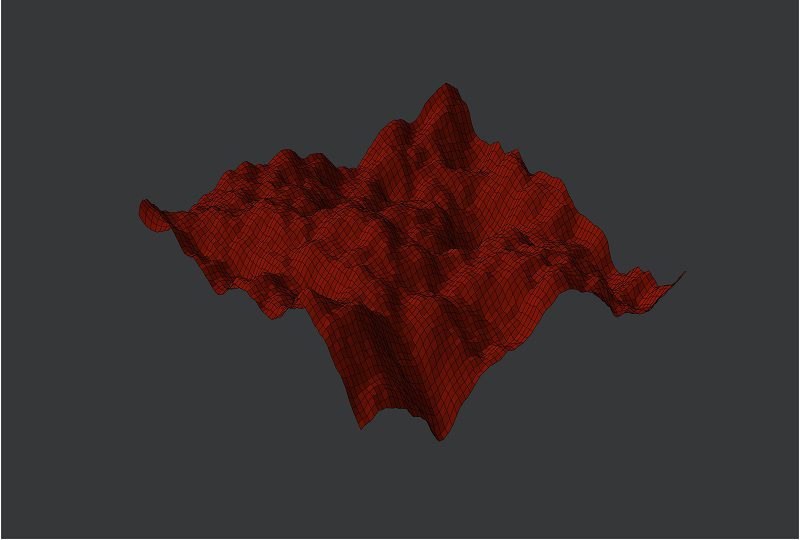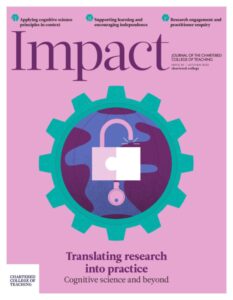Exploring the use of simulation in a primary ITE context
Written by: Kirstin Mulholland, Carl Luke, Sophie Meller, David Nichol, Arlene Anderson, Deborah Herridge and William Gray

5 min read
Kirstin Mulholland and Carl Luke, Lecturers in Education, Northumbria University, UK
Sophie Meller, David Nichol, Arlene Anderson and Deborah Herridge, Senior Lecturers in Education, Northumbria University, UK
William Gray, Teacher, The Grove Primary School, UK
When educating future teachers in higher education contexts, there is often a perceived divide between theoretical and professional knowledge (McGarr et al., 2017). One potential means of bridging the gap between theory and practice is through using simulation. Simulation aims to replicate the interplay between the knowledge, skills and attitudes necessary in real-life situations. It has been found to improve student engagement across professional fields, including social work (Meredith et al., 2021), health (Platt et al., 2021) and, more recently, teacher education (Kaufman and Ireland, 2019).
Through providing an authentic context for difficult-to-teach concepts, simulation can offer a ‘safe space’ in which to expl
Join us or sign in now to view the rest of this page
You're viewing this site as a guest, which only allows you to view a limited amount of content.
To view this page and get access to all our resources, join the Chartered College of Teaching (it's free for trainee teachers and half price for ECTs) or log in if you're already a member.
- Chi MTH, Glaser R and Rees ER (1982) Expertise in problem solving. In: Sternberg RS (ed) Advances in the Psychology of Human Intelligence, vol 1. Hillsdale, NJ: Erlbaum, pp. 1–75.
- Ferry B, Kervin L, Cambourne B et al. (2004) Online classroom simulation: The next wave for pre-service teacher education. In: Beyond the comfort zone: Proceedings of the 21st ASCILITE Conference, Perth, Australia, 5–8 December 2004, pp. 294–302. Perth: Australian Society for Computers in Learning in Tertiary Education.
- Fraser KL, Ayres P and Sweller J (2015) Cognitive load theory for the design of medical simulations. Simulation in Healthcare 10(5): 295–307.
- Kirschner P and Hendrick C (2020) How Learning Happens. Oxon: Routledge.
- McGarr O (2021) The use of virtual simulations in teacher education to develop pre-service teachers’ behaviour and classroom management skills: Implications for reflective practice. Journal of Education for Teaching 47(2): 274–286.
- McGarr O, O’Grady E and Guilfoyle L (2017) Exploring the theory–practice gap in initial teacher education: Moving beyond questions of relevance to issues of power and authority. Journal of Education for Teaching 43(1): 48–60.
- Meredith C, Heslop P and Dodds C (2022) Simulation: Social work education in a third place. Social Work Education. DOI: 10.1080/02615479.2021.1991908.
- Moon JA (1999) Reflection in Learning & Professional Development: Theory & Practice. Sterling, VA: Stylus Publishing.
- Nestel D, Mobley BL Hunt EA et al. (2014) Confederates in health care simulations: Not as simple as it seems. Clinical Simulation in Nursing 10(12): 611–616.
- Nihalani PK and Robinson DH (2022) Balancing collaboration and cognitive load to optimize individual and group desirable difficulties. Journal of Educational Computing Research 60(2): 433–454.
- Platt A, McMeekin P and Prescott-Clements L (2021) Effects of the simulation using team deliberate practice (Sim-TDP) model on the performance of undergraduate nursing students. BMJ Simulation and Technology Enhanced Learning 7(2): 66–74.
- Reedy GB (2015) Using cognitive load theory to inform simulation design and practice. Clinical Simulation in Nursing 11(8): 355–360.
- Sun NZ, Anand PA and Snell L (2017) Optimizing the design of high-fidelity simulation-based training activities using cognitive load theory – lessons learned from a real-life experience. Journal of Simulation 11(2): 151–158.
0
0
votes
Please Rate this content
Please login to comment
0 Comments
Oldest
Newest
Most Voted
Inline Feedbacks
View all comments










